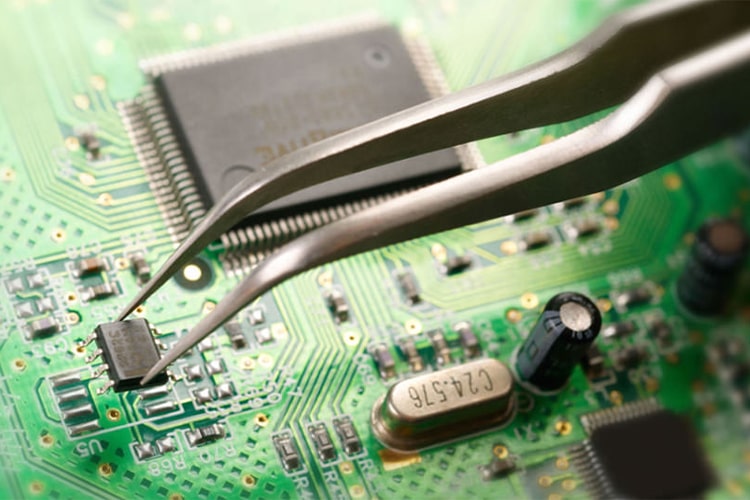The main reason for PCBA solder joint failure
The quality of solder joints is the most important part of PCBA processing. The reliability of solder joint quality determines the reliability and service life of PCBA products. Once the solder joint fails, the PCBA will be repaired or scrapped. Improving the reliability of solder joints is one of the processing goals of electronic processing plants. So, what is the reason for the failure of PCBA multilayer circuit board solder joints, I will introduce to you today.

The main reasons for the failure of PCBA processing solder joints:
1. Bad component leads: plating, pollution, oxidation, coplanarity2. Bad PCB pads: plating, pollution, oxidation, warpage.3. Solder quality defects: composition, impurity, and oxidation are not up to standard.4. Flux quality defects: low solderability, high corrosion, low SIR.5. Defects in process parameter control: design, control, and equipment.6. Defects of other auxiliary materials: adhesives, cleaning agents.
Methods to improve the stability of PCBA solder joints:
The stability experiment of PCBA pcb prototype manufacturer solder joints includes stability experiment and analysis. On the one hand, its purpose is to evaluate and identify the stability level of PCBA integrated circuit devices, and to provide parameters for the stability design of the whole machine.
On the other hand, during PCBA processing, it is necessary to improve the stability of solder joints. This requires the analysis of failed products, find out the failure mode, and analyze the cause of the failure. The purpose is to modify and improve the design process, structural parameters, welding process, and improve the yield of PCBA processing. The failure mode of PCBA solder joints is the basis for predicting its cycle life and establishing its mathematical model.







